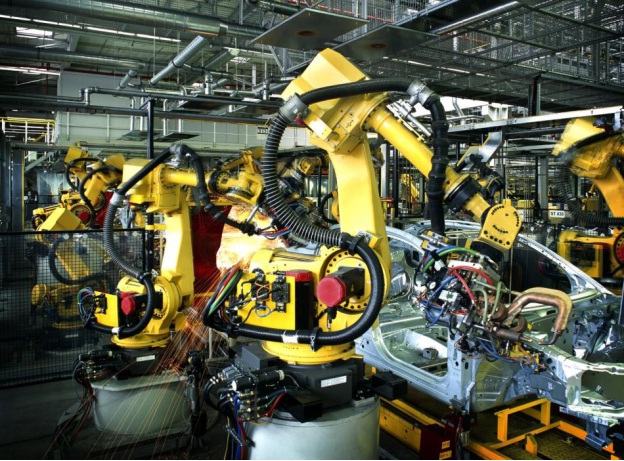With the unprecedented rise of machines in recent years, many processes have been subject to significant change. While previously people thought it impossible to automate complex tasks, nowadays sophisticated machines perform those very tasks much more expertly and efficiently.
One such process which is on the verge of getting automated is welding.
Because of the complexity of the procedure, there are countless people who believe that manual welding is the only option forward. On the other hand, there are numerous others who refute these claims by citing the examples of leading automobile companies that rely on robotic welding for vehicle assembly.
This has caused a great divide in the welding community as businesses simply don’t know which option is better for their company. To help our readers make an educated decision on the subject matter, we’ve compared the performance of two welding options over three important performance metrics.
Here’s how the two options fare against each other.
1. Precision:
It’s a well-known fact that robotic welding is much more accurate and precise than manual welding. While welding veterans with years of experience under their belt can produce results that give the machines a run for their money, there are professionals who struggle to weld different metals together.
In other words, manual welding leaves a lot to be desired as far as the repeatability of results (i.e. the consistency) is concerned.
2. Safety:
There’s no denying the fact that welding is a very hazardous process. To join two metals together permanently, we often have to elevate the temperature to 3,000 to 20,000 °C. Furthermore, welding fumes are dangerous concoction ionized and high-pressure gases which post significant health concerns.
While specially designed helmets can reduce the risk associated with the process, they don’t eliminate the danger entirely which is why we believe that robotic welding is better suited for the job (as it’s unmanned).
3. Operation Cost:
As far as the initial cost of operation is concerned, manual welding is much more economical than its robotic counterpart. However, the scales tip in the favor of robotic welding when you account for factors like increased productivity, increased speed, increased consistency, reduced labor costs, and reduced weld distortion, etc.
Furthermore, robotic welding also achieves superior weld quality which ensures that the machine in question will function properly for longer. All these factors combine to make robotic welding one of the safest long-term investments you can ever make.
The Final Verdict:
Based on the above evaluation metrics, it’s clear that robotic welding is far superior to its manual counterparts. The former produces a better result faster and at a fraction of the price as compared to latter which makes it the ideal choice for budding and experienced businesses alike.
If you’re looking to buy welding robots, we at UsedRobotsTrade would love to help. We boast an extensive collection of premium quality used robots that will increase the operational efficiency of your company and also promise you unmatched cost-savings.
Get in touch with us today to automate your welding process which will give you a competitive advantage over your rivals.

